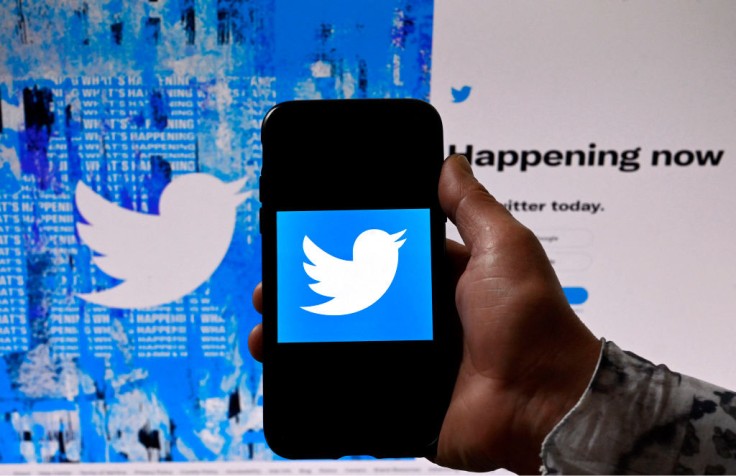The social media company announced on Tuesday that they are currently testing something called Twitter Circle, along with a video illustrating how to use it.
According to Gizmodo, Twitter Circle is essentially the same as Instagram's Close Friends or Facebook's "select audience" function. It's a method to limit who sees specific content you upload without completely locking off your account.

Who Can See You Tweets While Using Twitter Circle Function?
TechCrunch said when you reply to a tweet sent to your Circle, other members of the Circle can see and interact with your response unless you're in private.
They won't know if you add or delete people from your Twitter Circle, so don't worry about sending out embarrassing alerts.
When you're writing a tweet, click the oval above the text box, then change the audience from "Everyone" to "Twitter Circle," just like you would for a Community.
As the feature reaches a live testing phase, a limited number of users will be able to share their tweets to their 150 closest friends.
According to Twitter, the functionality is still in its early phases, which is why only a few individuals have access to it. Even if you can't create a Twitter Circle yourself, you can see tweets from people who can, as long as you're in their Circle. Twitter will suggest mutuals that you communicate with frequently as you establish your Circle. You can add people who aren't following you, but since they aren't following you, they won't see your tweet.
What Is the Difference Between Twitter Communities and Twitter Circle?
As per the news story of Gizmodo, Twitter clarified in the FAQs that the Circle function is different from Twitter Communities, which debuted last year and narrows tweet audiences by emulating Facebook groups and Reddit threads. Circle is for sharing the Tweets you only want to share with the individuals you choose to see them while Twitter Communities are for inviting anyone on the web to join in a specific discussion.
What Are The Setbacks of the Twitter Circle?
Andrew Hutchinson of Social Media Today said that the Twitter Circle has some drawbacks.
Part of the difficulty with Circles, in Hutchinson's opinion, is that most users already conduct the sorts of discussions that would be appropriate for this feature in their DMs, maintaining private group chats with their close friends. People are more comfortable discussing because of privacy, and there doesn't seem to be much need for them to move those conversations to the possibly more exposed Circles option instead.
Furthermore, Hutchinson noted that Twitter users have lists to keep in touch with their most important connections, or they can simply narrow down their Following list to the most important profiles - so Circles have no real, practical value or need, given that all of the functionality for it already exists in various forms.









